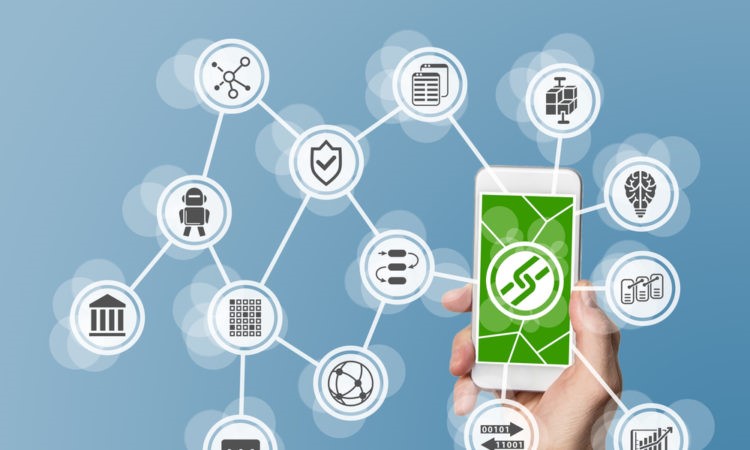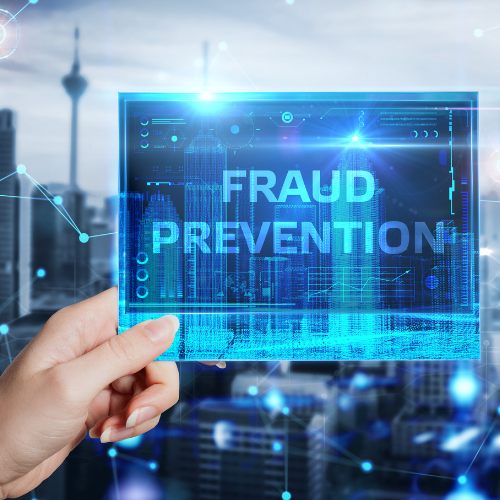The History of Blockchain
Two researchers first outlined the foundation concepts of blockchain technology in 1991. They wanted to create a system where it was virtually impossible to alter document timestamps. Their technology was good, but their new system didn’t have a real-world application until 2009, when Bitcoin was introduced.
Our recent 2020 pandemic experience generated more active interest in digital identity, especially portable – and secure – digital identity. It’s partly due to the explosive growth in online transactions of all sorts and partly due to the need for “vaccine passports” that can’t be forged or falsified. Basically, there’s been a vast expansion of situations where traditional paper credentials just don’t work very well.

DLT is perfect in these situations. And, before we go any further, let’s establish this truth:
1. No personally identifiable information (PII) is ever stored in a public ledger. In other words, it can’t be viewed, altered or stolen.
2. No private data of any sort ever goes on the blockchain.
Fun Fact!
Personally identifiable information (PII) is any information about an individual maintained by an agency, including (1) any information that can be used to distinguish or trace an individual‘s identity, such as name, social security number, date and place of birth, mother‘s maiden name, or biometric records like voice biometrics; and (2) any other information that is linked or linkable to an individual, such as medical, educational, financial, and employment information.
How the Paper Credential Model Operates
Paper credentials are still useful in certain situations. When we’re called on to produce one, we can use it to assert three things:
1. Which authority issued the credential.
a. For example, the state in the instance of your driver’s license.
2. That you are the rightful holder of the credential.
3. That the credential has not been altered in any way.
This is all good, with two significant caveats: 1) paper credentials can be forged, lost or stolen, and 2) they have limited value in online transactions.
How the Verifiable Digital Credential Model Operates
Happily, it retains some of the good parts of the paper credential model. An authority issues your credential which you keep in your (digital) wallet. Remember, none of your personal information is published to the digital ledger.
The History of Credentials
By definition, a credential is a document you can use to establish your identity or to prove some quality about yourself. The concept goes back at least as far as 1000 B.C. The Zoroastrians of ancient Persia used a form of licensing to certify practitioners of certain trades and skills.
Today, we have several credentials we use regularly. Whether it’s a driver’s license, a passport, an academic degree, or a professional certification, they have one common feature. They’re issued by a trusted authority, and the person verifying your credential knows it.
We keep our credentials secure, since we want to be able to verify something about ourselves when necessary. And, we want to keep our credentials to ourselves when we’d prefer not to share information.
When you’re asked to prove a claim with your digital credential, you first decide whether you want to share the information. If you do, you can verify the three things you would if it were a paper credential, plus one more:
1. The authority who issued the credential
2. The person who holds the credential (you)
3. No information on the credential has been altered
4. The credential has not been revoked

There’s a final key difference between paper credentials and digital credentials. Paper credentials are accepted based on the personal judgment and expertise of the individual examining the credential. Digital credentials are accepted based on unbiased machine analysis of sophisticated cryptographic algorithms.
In simple terms, this means digital credentials can’t be lost or stolen, and they’re nearly impossible to forge. Compare this to the vulnerability of paper credentials and the advantage of digital is clear. Digital credentials are far more secure than paper credentials.
If the cryptographic verification of a digital credential is successful, it means the ID verifier can be certain it’s valid data. The only remaining question is whether or not the verifier trusts the credential’s issuer.
How does DLT fit in with all of this?
Three of the four key digital identification points exist as published data available in a trusted place not controlled by a central authority. This is the definition of how blockchain works.
Therefore, the person who verifies the digital credential knows:
- Who issued the credential based on an identifier and a cryptographic signature
- No one has tampered with the data
- The credential has not been revoked
The fourth attribute, which links the holder to the credential, uses a privacy-preserving bit of cryptographic wizardry called a “zero-knowledge proof.” Thanks to this technology, no unique identifier or private personal information is shared.
To review: there are four reasons why DLT is the way to go for digital identity verification
- We get the good parts of paper credentials
- Private transactions
- No calls to the credential issuer
- The issuer gets a trustworthy, transparent, and cryptographically secured way to publish the data required for private transactions
- No “trusted third party” is necessary
- No private personal data is ever stored using DLT
If you haven’t already added MemberPass to your credit union, we’d be happy to arrange a personal demo
Seeing is believing, and you can email us to set one up. You can also register to attend a MemberPass webinar or visit us online at www.memberpass.com to find out more.
The convenience, security and fraud-fighting power of MemberPass should be a part of every member’s financial wellness profile. The sooner you start, the sooner your members will enjoy the direct benefits!
Bonifii, a credit union service organization, offers MemberPass, a simple, secure and convenient member identity verification method. MemberPass is a digital passport that provides members convenient access to their financial accounts while allowing control and privacy over their personal information. We leverage touchless technology to protect you and your members. Visit www.memberpass.com or email sales@memberpass.com.


